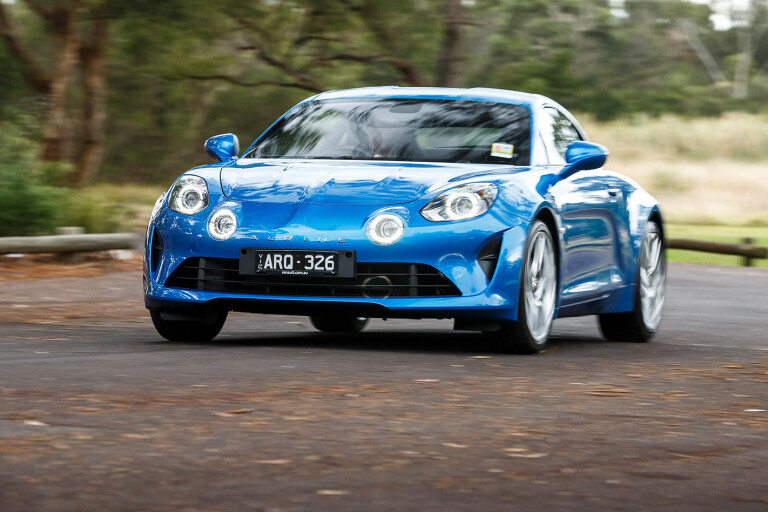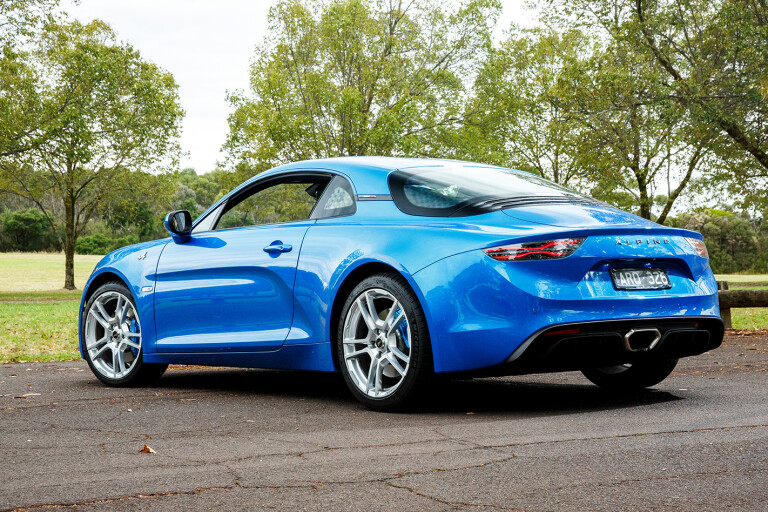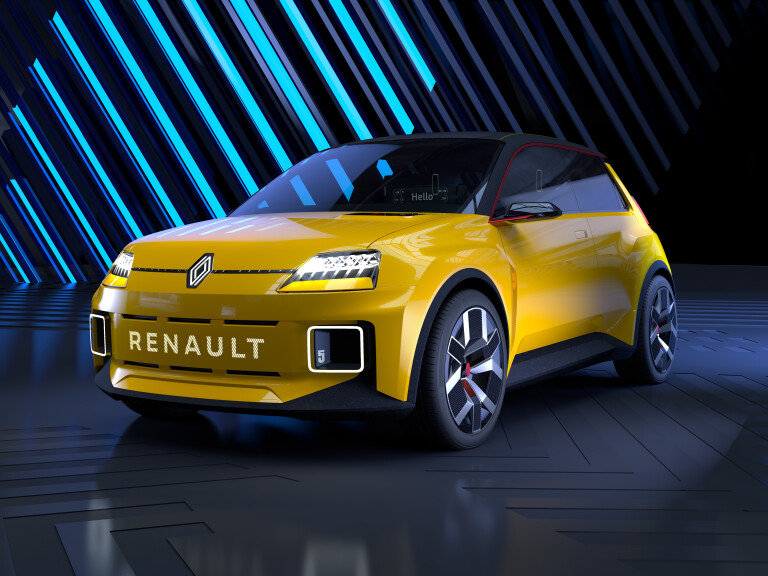
We’ll never really know just how many Alpine A110s could have sold in Australia if Renault hadn’t faced any major obstacles. And we don’t mean obstacles like the Porsche Cayman. Less than two years into its time on the Australian market, Alpine’s reborn icon was hindered by a global pandemic and a semiconductor shortage, which led to niche performance cars either being off the shopping list, or difficult to access to those who wanted one.
But the challenges of 2020 seem gentle compared to the ruling that would thwart the A110 completely, Australian Design Rule 85/00. We’ll call it ADR 85, the rule proposed by Australia in 2010 to the UN’s Forum for Harmonisation of Vehicle Regulations.

As its sub-title ‘Pole Side Impact Performance’ suggests, it focuses on safety in crashes where a pole or tree impacts with the side of the car, where in the case of the A110, there are no side airbags to keep it light. Approved in 2015 and put into force for passenger vehicles on November 1, 2017, ADR 85 had a couple of deadlines built in to allow manufacturers time to update existing cars to meet the requirements.
The Alpine A110 was approved in Australia before the 2017 deadline, even though it went on sale here in 2018. This means it had until November 1, 2021, to meet ADR 85 before it’s no longer allowed to be imported, and until July 1, 2022, to have all units registered that had arrived here before the November deadline.
The ‘new’ rule, which is based on the UN’s Global Technical Regulation 14 (or just GTR 14), has been introduced in Australia well in advance of the rest of the world. But in 2015 then Minister for Major Projects Paul Fletcher said in a press release he believed its introduction in Australia “was consistent with the expected timetable for implementation of GTR 14 in other parts of the world such as Japan and Europe”.

As that’s not turned out to be the case, and with Australia comprising such a small piece of the global sales pie, Renault has been left to decide whether to update the A110 to meet ADR 85, or withdraw it from the market entirely.
Given only 83 units have sold in Australia since its introduction, priced between $100,000 and $115,000, it’s not hard to see that there’s no scope for return on the cost of redesigning even part of the A110 purely for the Australian market, especially when most prospective customers likely already have one. For context, Renault sold 2094 Alpines in 2018, 4835 in 2019, and 1527 even in virus-ravaged 2020. Effectively, in 2019, its only full year on sale not interrupted by lockdowns, Australia formed 0.7 percent of Alpine’s global sales.
There are, however, two ways Alpine can return. If international regulations change while the A110 is still in production, unlikely as that is, it might be available here once again. More likely, is that other Alpine models will arrive (see breakout). It’s not the end of Alpine in Australia, but it is sadly the end of the A110.
Alpine: The new Renault Sport

In a teaser for the electric future of Alpine, as it takes over the role of Renault Sport, three future models have been flagged. A hot hatch, which could build on the Renault 5 EV, a sporty crossover, and what appears to be an electric replacement for the A110. For the latter, Alpine is currently in a technical partnership with Lotus, which has already forged into the sports EV space.
Alpine A110 - Aussie Sales Report

2018 – 32
2019 – 35
2020 – 7
2021 – 9*
*Jan-Aug

COMMENTS